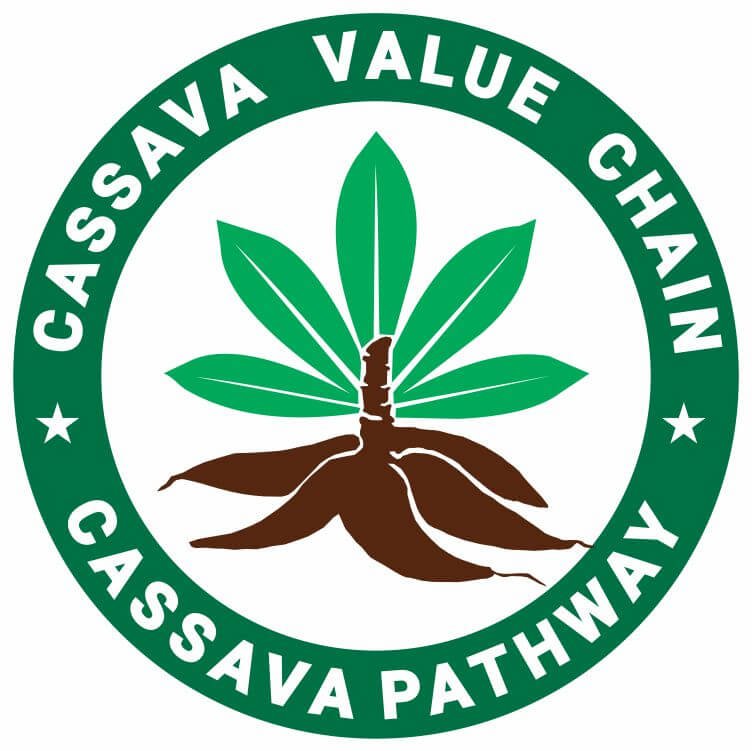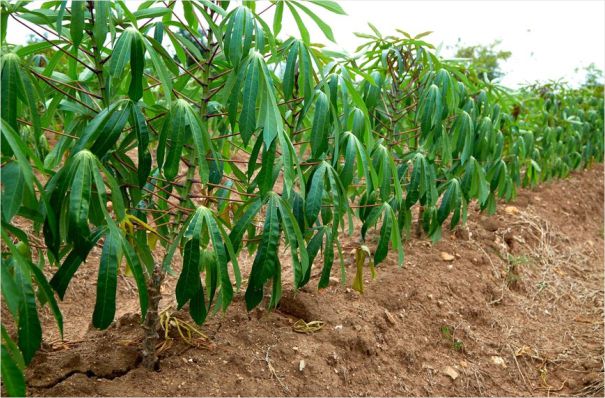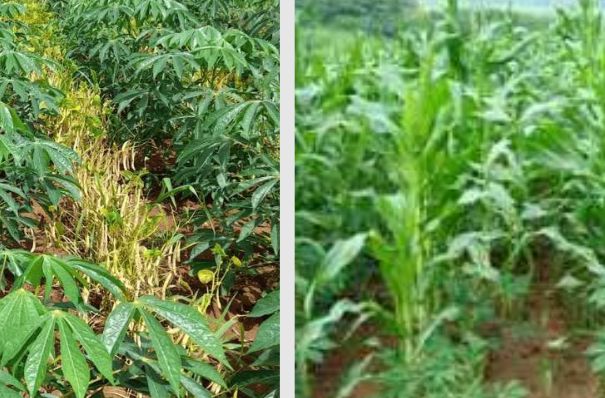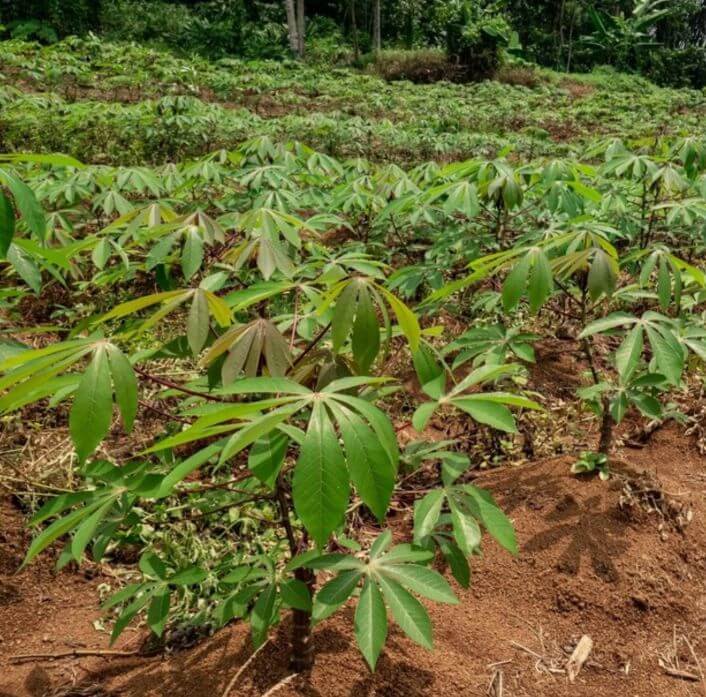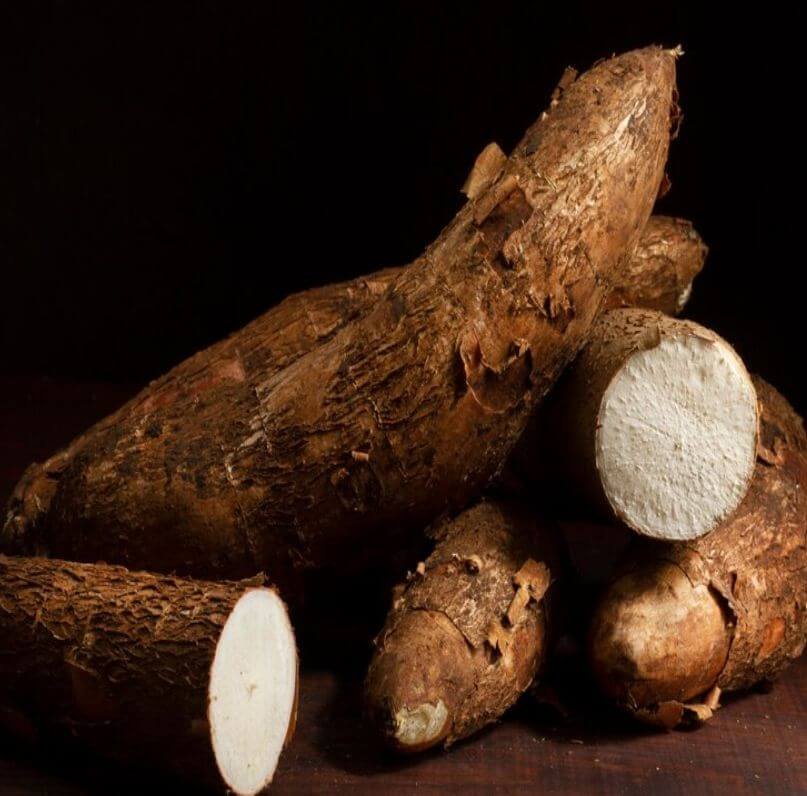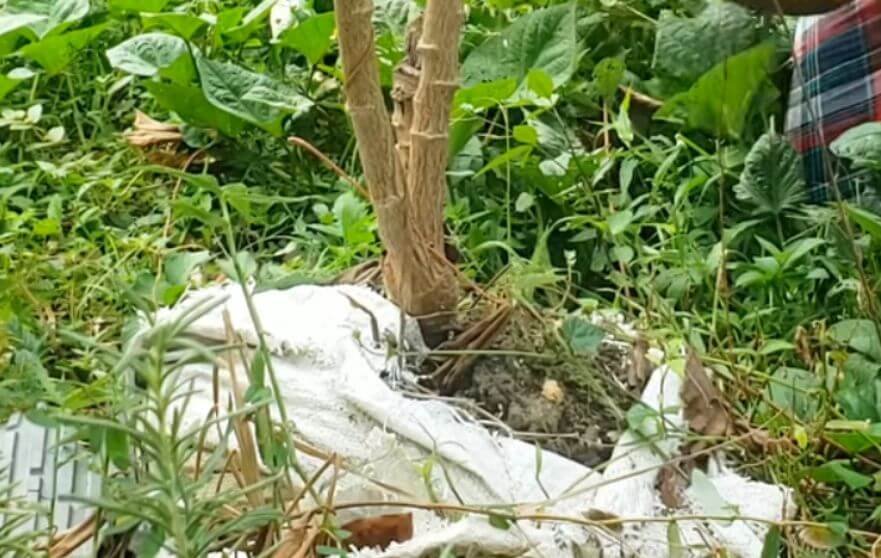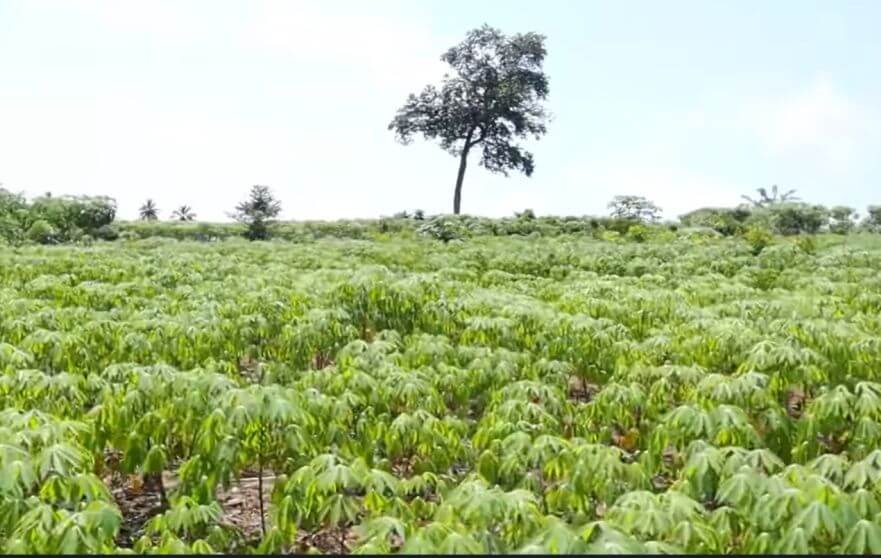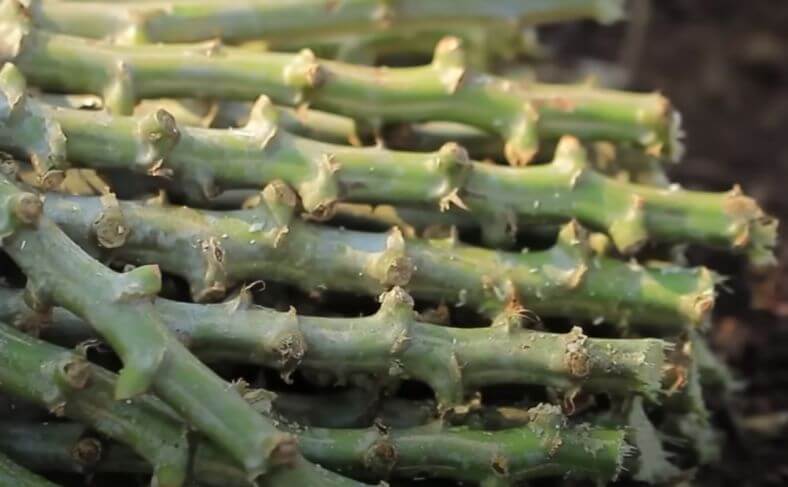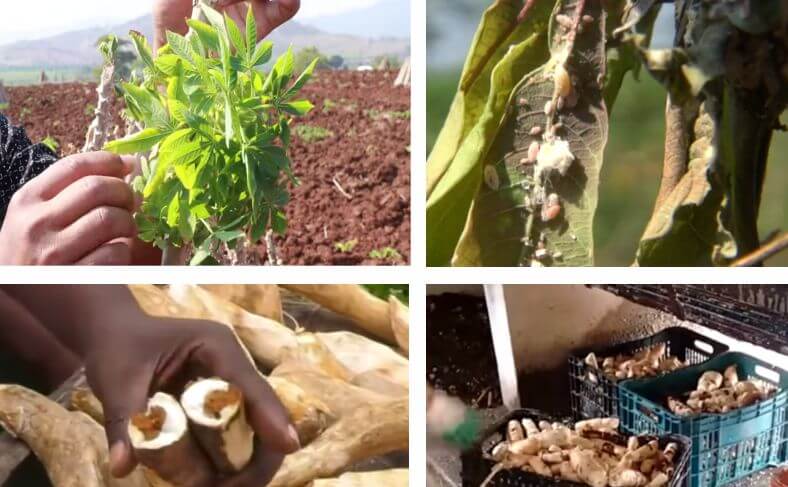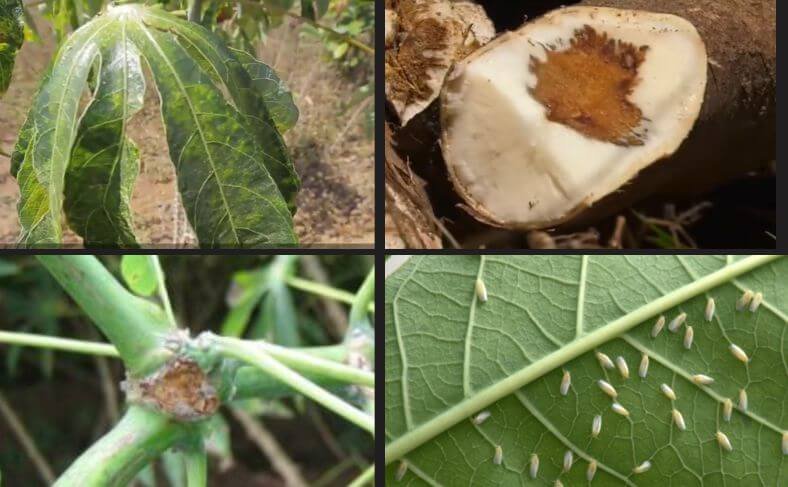Planting other crops alongside the cassava plant can boost soil health, improve yields, and reduce pest problems. Intercropping is a great way to make the most of your land, and cassava is no exception.
What are the Soil Requirements for Cassava for Optimum Yield?
Achieving high yields in cassava farming depends heavily on meeting the soil requirements for cassava.
